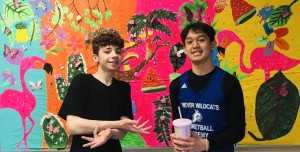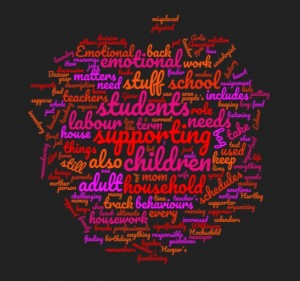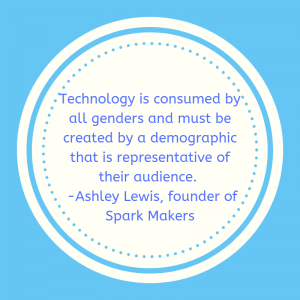Alright, now I know that some of you saw the title for this post and thought, “Seriously? Long-range planning now? It’s almost the end of the school year. I’m just trying to make it through!” Well, if you still gave me a chance and clicked to take a read, I thank you. This post comes out of a conversation that I had with a colleague through email earlier this week.
In April, I had the chance to visit her classroom to see the design project that students had been working on all year. It wasn’t a project that was taking them all year to work on but it was a magical experience where one piece of learning connected to another, and then another, and another. While students were developing a deep sense of community and empathy for the experiences of others, they too were uncovering how their communities can become greater places for acceptance and inclusion. While emailing back and forth, sharing pictures of student work in action, she said the following:
“There aren’t any ‘long-range plans’ that can foresee the type of community a class will become.”
While this was in context of the work that was happening in this class, I got a huge “ah ha” moment when I started to think about how I go about creating my long-range plans. I usually sit down and start to think about what grade(s) I’m teaching and go through curriculum resources to see which big ideas relate to events or times of year that might be better for authentic experiences and set about planning from there. While I like to think that I hold to what is in my plans, I know that they should be seen as a “living” document in the sense that it must reflect the abilities, needs and interests of the students it serves. While these are big ideas for our units of study, student inquiries may lead them in specific directions. My plan is mainly an outline which may be altered based on student needs. I often make this explicit to parents during curriculum nights. But now as I think of it, the learning that my colleague, Barbara Robson, was referring too was so much more than specific curriculum, but I would dare say that it was perhaps that hidden curriculum, whereby students are learning skills that go beyond the content that we are supposed to be teaching. This got me further thinking about how I might be able to go about planning differently in future.
What if in addition to of outlining the curriculum, which I still think is important to know where you’re going within the guidelines set forth for us; the plans also included the specific skills (or the hidden curriculum) we wanted to develop with students? What if my long-range planning was more intentional and included specific opportunities where I was going to work on creating experiences for students that developed their critical thinking, communication, collaboration and creativity? What might that look like? How might I help students explicitly understand that this is also the “curriculum” that we are working to uncover while engaging them in the curriculum from the Ministry of Education? Would this help students be able to speak to the changes that they were noticing in themselves over time in these areas? Would that make for interesting parent-teacher interviews if we empowered students to speak to these skills along with knowledge acquisition and the synthesis of information to create?
I just threw out a lot of questions there and I’m really interested in how educators are working towards helping students explicitly and intentionally building a transferable skillset over time. We know that the workforce is evolving and as educators, part of our mandate is supporting the development of the skills in students. I’m starting to think about what September might bring and I wonder if the interweaving of the curriculum I’m given, along with the “hidden curriculum” that we know students need, into my long-range plans might make for more intentional work.
We’re winding down for the school year and this might be food for thought for the coming year. Already doing great things around skill development explicitly and intentionally with students? I would love to hear about it!



 (<<<our student create wall)
(<<<our student create wall)
